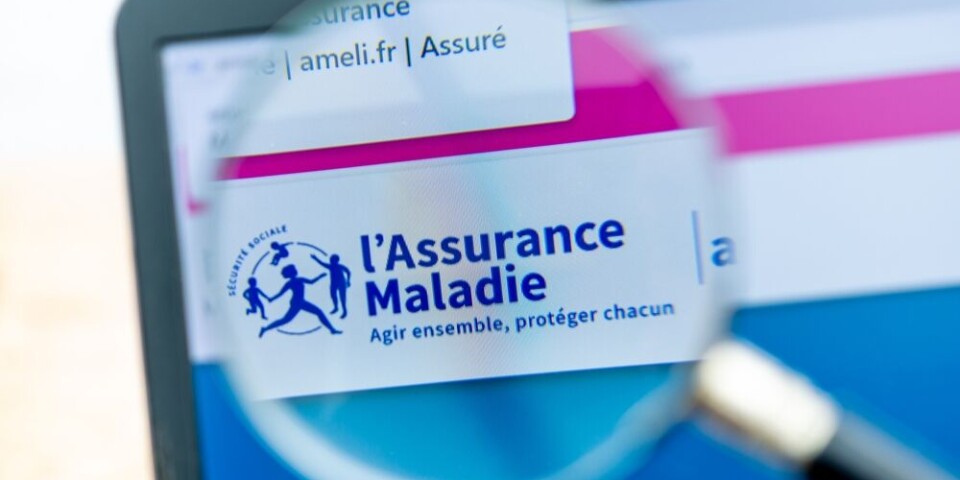Fréjus Tunnel: second ‘tube’ connecting France and Italy opens after over a decade of construction
New road tunnel under Alps is open to traffic
The Fréjus tunnel is used by over two million vehicles each year
MikeDotta/Shutterstock
A new road tunnel under the Alps linking France and Italy has opened to traffic after more than ten years of construction.
The second tube of the Fréjus Tunnel, running parallel to the original 1980 gallery, was inaugurated on July 28 by French Transport Minister Philippe Tabarot and his Italian counterpart Matteo Salvini.
The 12.9km tunnel connects Modane (Savoie) with Bardonecchia (Piedmont), forming one of the main transalpine freight and passenger routes between the two countries.
The route is used by over two million vehicles each year, including one million heavy goods lorries.
Construction began in 2014 following a fatal accident inside the original tunnel in 2005, when a fire broke out in a truck carrying tyres, resulting in two deaths
In response, the governments of France and Italy agreed to improve the tunnel’s safety by excavating a new security gallery, later converted into a full traffic tube in 2012.
“This second tunnel allows each direction of travel to be separated, improving evacuation conditions and significantly reducing risk in the event of fire,” said Alain Chabert, director of the French Fréjus road tunnel operator SFTRF.
“Toxic fumes can now be more effectively pushed in the direction of traffic, and those behind the fire will be safe.”
The project included the construction of 34 pedestrian evacuation shelters and a central control system on the Italian side.
It includes a specially-built fire simulator, equipped with realistic heat and smoke systems that allows firefighters to prepare for high-intensity events in confined spaces.
“This is an environment with unique risks,” said the tunnel’s fire safety manager Christophe Fouard. “The dual-tube structure and modern ventilation will allow for safer and faster access to incidents.”
New safety systems
The tunnel’s reinforcement follows wider European efforts to modernise cross-border infrastructure.
“After the reopening of the Tende tunnel just one month ago, this is another strategic axis between France and Italy that is now strengthened,” said Mr Tabarot at the inauguration.
The second Fréjus tube was first conceived as a safety gallery with evacuation shelters every 400 metres to support the main tunnel in case of , but was adapted to accommodate traffic following a review of evacuation procedures.
Construction was shaped by updated safety standards introduced after the 1999 Mont Blanc tunnel disaster, which killed 39 people.
The Fréjus fire six years later highlighted that lessons had still not been fully implemented.
With both tubes now open, rescue vehicles will have improved access and traffic will flow in a single direction per tunnel.




























